It’s likely that we’ve all asked the question (or thought it at some point), “How can I lose weight fast but not lose my mind?” There is a different answer here for everyone because weight loss is often not a one-size fits all process, but there are some simple steps that will help you get started and figure out which weight loss strategy might work best for you. These strategies will include actions like physical activity, managing calorie intake, and assessing your weight-loss goals. Now let’s get more specific!
Before we dive into these 11 simple steps, it’s important to understand a little more about how weight loss works.
How to lose weight
First, we need to remember that “fast” is relative. What is fast for one person might be slow to another and vice versa. Generally a steady weight loss pace is between 1-2 pounds per week. Second, weight loss is driven by your calorie deficit that results from modifying your diet and physical activity levels, among other things. For a loss of 2 pounds per week, you’ll need a deficit of about 1,000 calories per day. We know. That probably sounds a bit scary right now, and we get that. Having a healthy mix of lifestyle habits can support you in your weight-loss goals. Yes, food and exercise are a big deal here. But so is your sleep, stress management, self-care, mindset, and self-efficacy for healthy habits (aka the belief that you can lose weight for good). Lastly, this is a process and your body is changing as you become a lighter version of yourself. Give your body the time it needs to get used to the changes you’re making.
Now that we’ve gone over this, what exactly are these 11 simple steps we’ve mentioned?
11 simple steps to lose weight fast
- Walk 10,000 steps each day
- Drink water
- Minimize processed foods
- Reduce salt intake
- Eat nutrient-dense foods
- Incorporate strength training exercises
- Get more sleep
- Prioritize self-care
- Meal plan and meal prep
- Track your progress
- Build a support system
In no particular order of importance (because, let’s be real, they’re all important), here are the 11 simple steps to help weight loss progress along. Throughout the list, you’ll see various aspects of diet, physical activity, and lifestyle change to consider. Remember that different diets work for different people when it comes to losing weight. As you read through this list, make a note of what might work for you – not necessarily what worked for someone you know!
Rx weight loss, the right way, with Noom
Get access to prescription weight loss medication with Noom.1. Walk 10,00 steps each day
As humans, we were made to move our bodies. In today’s society, however, that’s become harder and harder to do, resulting in weight gain. The more you move, the more calories (or energy) your body burns. This also helps create a calorie deficit throughout the day without having to drastically cut your calorie intake. The American Council on Exercise (ACE) estimates that walking 10,000 steps each day can burn up to 500 calories depending on a few metrics. Do this every day for a week and you might find that you’ve lost a pound!
2. Drink water
This one is a bigger deal that you might think! Our bodies are about 60% water and need water to function optimally. This ranges from feeling bloated and puffy to physiology that we can’t see but is very much at work making water an essential part of our diet. Drinking more water also means that you’re taking in fewer sugar calories. The average person gets about 7% of their calories from sweetened drinks. This might not seem like a significant amount but the math doesn’t lie. You could drop almost 2 pounds in a week just but replacing your soda at lunch with a bottle of water. Water also helps us feel full longer, minimizes weight fluctuations on the scale, and helps our muscles recover from the 10,000 steps we just took (see what I did there).
3. Minimize processed foods
For a lot of us, this step is sometimes easier said than done and that’s okay. We’re on this weight loss road trip together. Processed foods can be a major player in weight gain, so minimizing them is a huge help is losing weight quickly and healthily. Your body craves nutrients that these types of foods often lack which might contribute to cravings down the road. These foods are so calorie dense that their technical serving size might be enough to put gas in the tank (sort of speak) but not satiate you enough to help you stop at just that one serving. Replacing these foods with lower-calorie, higher-nutrient options could be the difference between weight gain one week and weight loss another week. Here are some tell tale signs of something processed when looking at nutrition labels.
- Look for added sugar: Many processed foods have sweeteners added to enhance flavor.
- Watch the salt (sodium): For lower sodium items you should see 140mg or less.
- Check for processed fats: Trans-fats or hydrogenated oils are a signature mark of processed food items.
- Know the serving size and calories per serving: This one can get sneaky based on packaging.
- Don’t let the packaging’s claims fool you: Food marketing can be misleading. Labels like “non-GMO” or “whole grain” don’t mean the foods are necessarily healthy.
4. Reduce salt intake
A sometimes sneaky culprit of processed (and restaurant) foods is salt. Salt (aka sodium on nutrition labels) can make losing weight frustrating for a couple reasons. Frist, you might see fluctuations on the scale making it tough to get an accurate picture of your progress. This is due to water retention (aka bloating) that throws your body off. Physiologically, we are striving for balance or homeostasis. Too much salt, means holding on to water to try to achieve this balance. Second, foods high in salt (like those pesky processed foods) can lead to cravings and actually increase hunger. This being said, we do need salt in our diet. It’s an important mineral and electrolyte however, the average American consumes 1,100 mg more than the daily recommended amount.
5. Eat more nutrient-dense foods
This is important for weight loss and your health in general. When it comes to losing weight we tend to think less is more. Less calories, less food, less fun. And this is true to a point. However, focusing on nutrients instead of calorie intake (again, to a point) can help you avoid the deprivation that “less” can bring. Focusing on foods high in nutrients but lower in calories can help us get more bang for our buck. With foods like fruits, vegetables, fiber, and lean proteins you can fill your plate but still reduce your calories. Think opposite of crash diets! Your body will feel satisfied, nourished, and more energized. Diets that cut calories too much might hinder your weight loss or impact your metabolism in a negative way. Check with your doctor or visit a dietitian before starting anything new to see if it’s right for you. Here are some benefits of getting more nutritious foods:
- A balanced gut environment: We definitely don’t think about the environment inside our bodies as often as we should but getting in vegetables, fruits, and probiotic foods (eg. yogurt) can help keep the trillions of bacteria in your digestive tract healthy.
- Working in fiber can help decrease sugar and refined carbohydrate intake while keeping you satisfied and regular (yes, we mean happy bowel movements).
- Enjoy protein in each meal, particularly breakfast, and experience increased satiety throughout the day.
- Work nuts into your snacks for more plant-based fats to keep your heart healthy but also satisfy the craving for something crunchy. For sweet tooth satisfaction, look for dark chocolate and get in some antioxidants.
6. Incorporate strength training exercises
Physical activity comes in many variations. Cardio and those 10,000 steps are one facet, strength training is another. Incorporating strength training alongside your steps will help you make progress towards your weight-loss goals more quickly. Muscle burns nearly twice the amount of calories as fat, pound for pound, at rest and on the move. Strength training is also important to keep your muscle mass healthy and you become a smaller you. It’s common in weight loss to see a decrease in muscle mass as you decrease your body fat mass. Practicing strength training helps you keep more of your muscle. When it comes to getting started with a routine, take your time and start with bodyweight exercises. Then work your way up to weight machines and other equipment. You might also work on some high intensity interval training to further tone and reduce body fat.
7. Get more sleep
When you think about how to lose weight, sleep probably isn’t one of the first things that comes to mind. It might not even have made your list. But it made ours! Sleep is crucial to a weight loss journey. Sleep deprivation can lead us to feel fatigued, increase our hunger, and decrease our judgment. The perfect storm for storm eating. Inadequate sleep has been shown to lead to a high intake of calorie dense foods, cravings, and weight gain through increased body fat. Sleep has also been found to be important in the body’s metabolic processes. Getting in too little sleep could lead to storing calories as fat and weight gain as well as increasing insulin and cortisol levels.
8. Prioritize self-care
Here is another one that maybe didn’t make your weight loss list at first. Self-care looks different for everyone, but the important thing is that it plays a huge role in stress management and knowing what we need at any given moment. Today, many of us experience stress on a daily basis. Sometimes this stress is positive, sometimes it’s negative, but your body can’t tell the difference between the excitement of a promotion or the dread of getting let go. Chronic stress, leads to increased levels of cortisol, a stress hormone, that can cause weight gain, increased hunger and cravings (particularly for sugar), and make losing weight that much more difficult. Think of this as filling your cup before you can pour into others’. See some self-care tips below.
- Take more breaks and avoid caffeine or sugar snacks that could lead to a crash.
- Practice meditation: Start small with 5 minute increments and work up to longer amounts of time.
- Stay grounded: Get outside throughout the day if you’re able to.
- Find a non-food reward system: Take some time to pamper yourself or purchase a new clothing item.
9. Meal plan and meal prep
Meal planning and prep can help you create a roadmap to more nutrient dense-foods and manage your calorie intake more efficiently. This will look different for everyone, as we all have different eating and cooking styles (and different personalities), but a good place to start is sticking to a grocery list that focuses on the outer edges of the store. The step to prep might feel a little extra, but even a little can go a long way after a long day when take-out is tempting. Maybe cooking in batches is your thing, or simply cutting up your veggies so that they’re ready to go. Keep an open mind with trial and correction and look into new recipes.
10. Track your progress
Next up is tracking your progress, otherwise known as self-monitoring. Self-monitoring in the context of losing weight means weighing yourself regularly, logging your food intake, tracking steps and movement, and could even mean checking other body measurements like body fat composition, waist circumference, and how your clothes are fitting. Different people like to monitor in different ways but what’s important is that you find a way that works for you, whether this is weighing every morning or once a week. While more studies need to be conducted, research consistently shows a link between monitoring and weight loss success.
11. Build a support system
Last but in no way least is finding and build a support system to help you get to your weight-loss goals. Sharing your goals with those closest to you could help make your weight loss success more likely. We know this might be hard at first for some, and that’s okay. Support comes in many forms. There might be a local group you can join, there are social media outlets, and virtual coaching programs that incorporate peer support, such as Noom. Remember though that accountability from your support circle starts with your goal. Here are some things to think about when creating your weight-loss goal.
- Make it SMART: These goals are specific, measurable, attainable, realistic, and time bound as well as more likely to stick.
- Break your weight loss goals down into milestones — 5-10 pound increments at a time.
- Set process goals, not just outcome goals: The outcome is your weight loss, and the process is how you’ll make it happen. Your process goals are your action plans — these are how you’ll achieve those milestones.
How to lose weight fast
Now that we’ve talked about how to lose weight, we can talk about how to lose weight fast. Combining all 11 steps above will help you make strides towards losing weight over a longer amount of time, as well as a shorter time frame. The thing here is to keep your expectations realistic. Whether you’re looking at 2 weeks or 2 months, this will be important. Working in more intense ways to get in your 10,000 steps, incorporate high intensity interval training into your routine, staying hydrated, and working in more plant based foods will be key. You might also want to assess your alcohol intake and how much of your calories are coming from your beverages.
Diets touting fast weight loss, however, can sometimes lead to the weight coming back sooner than you’d like. So if you’re losing weight for your friend’s wedding, a work retreat, or another event we suggest you plan ahead and start early to feel your best.
While it might be easy to some extent, dropping weight too quickly can also lead to some serious negative health consequences. First, crash diets can lead your body to conserve every source of energy possible and, in more serious instances, cause you to burn through muscle stores after utilizing fat. This can lead to intense fatigue and feeling tired more often than not. Second, you might be missing essential vitamins and minerals needed for your body to function properly. You might experience weakened bones, a weakened immune system, even heart problems. Thirdly, your sympathetic nervous system, which controls blood pressure, heart rate, and other automatic functions, begins to go a bit haywire. This could lead you to pass out unexpectedly or have an arrhythmia.
Remember that different diet plans work for different people and it might take some time to find what’s right for you and your body. Once you find your individual combination of physical activity, nutrition, sleep, water…(the list goes on) you’ll see the pounds come off at a steady pace. Stay wary of diets that cut calorie intake too much or use supplements that have not been tested as this could be unsafe. For a change in your body that’s more likely to be permanent work to switch your mindset from diet to lifestyle change.
Why you can trust us
At Noom, we’re committed to providing health information that’s grounded in reliable science and expert review. Our content is created with the support of qualified professionals and based on well-established research from trusted medical and scientific organizations. Learn more about the experts behind our content on our Health Expert Team page.


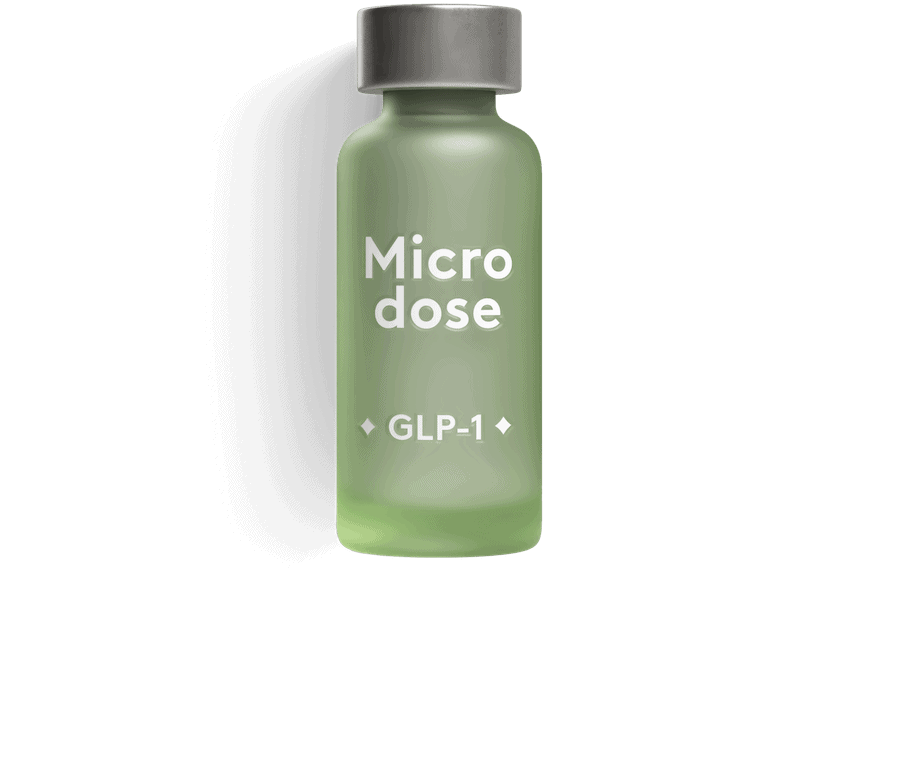
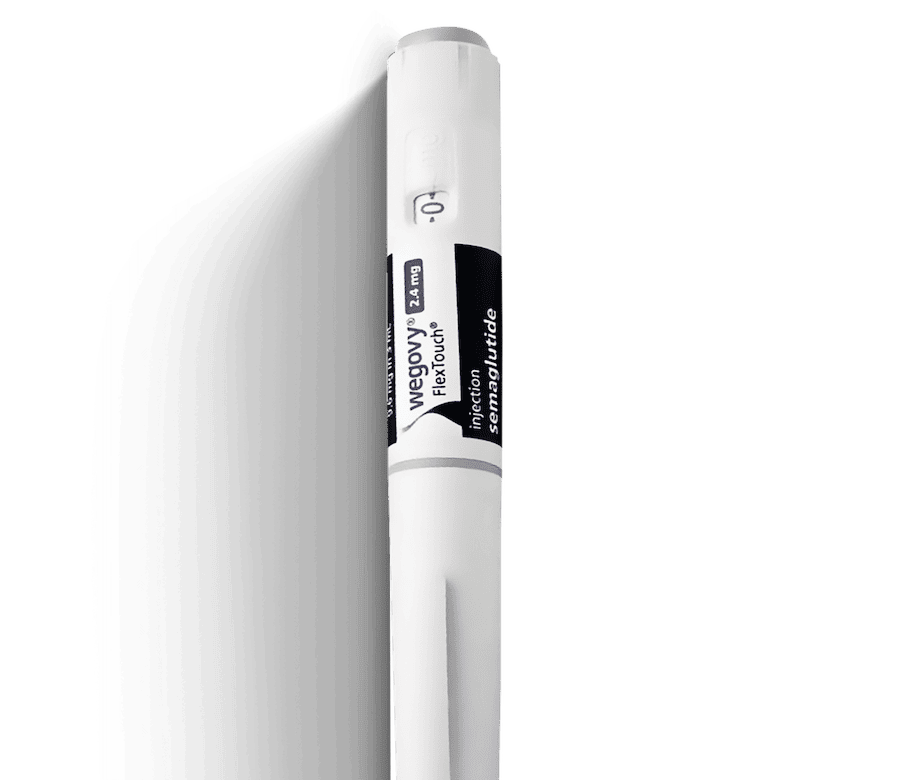
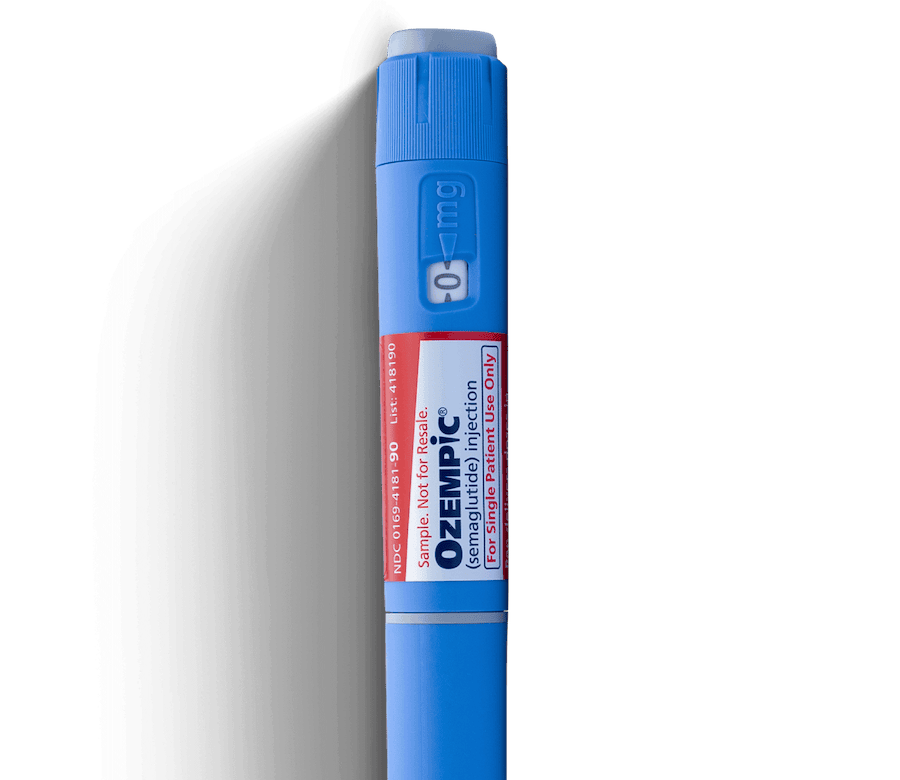
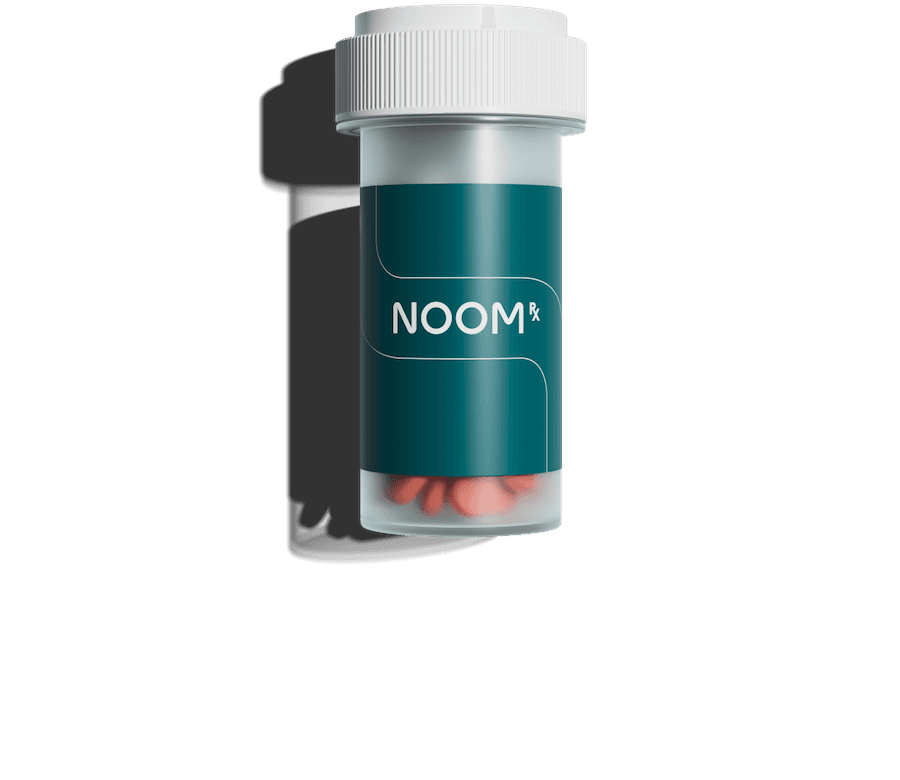

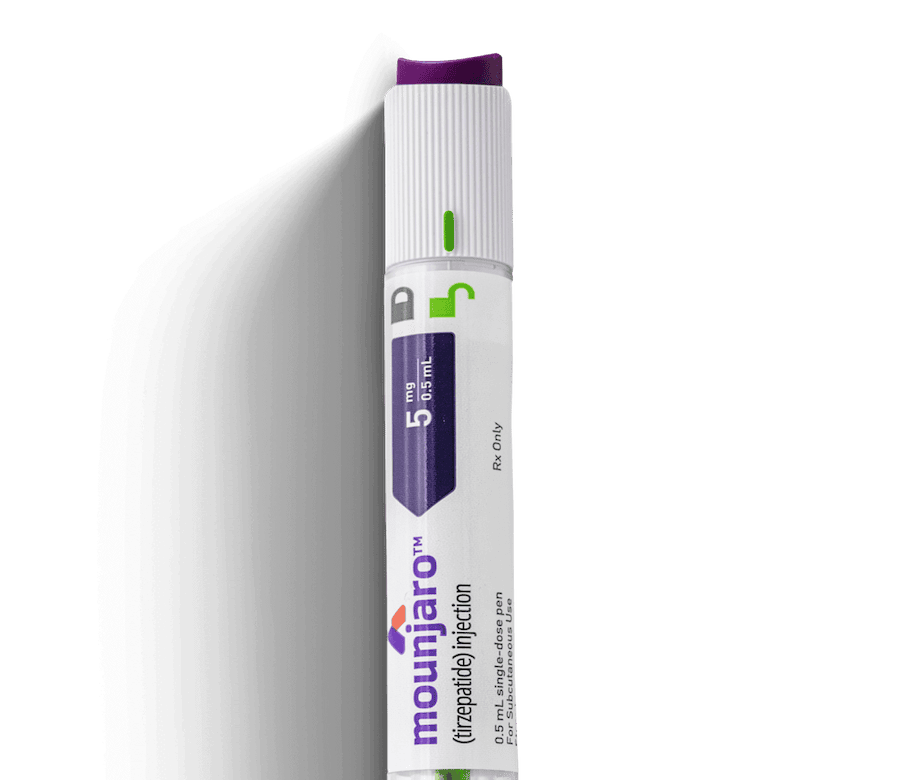


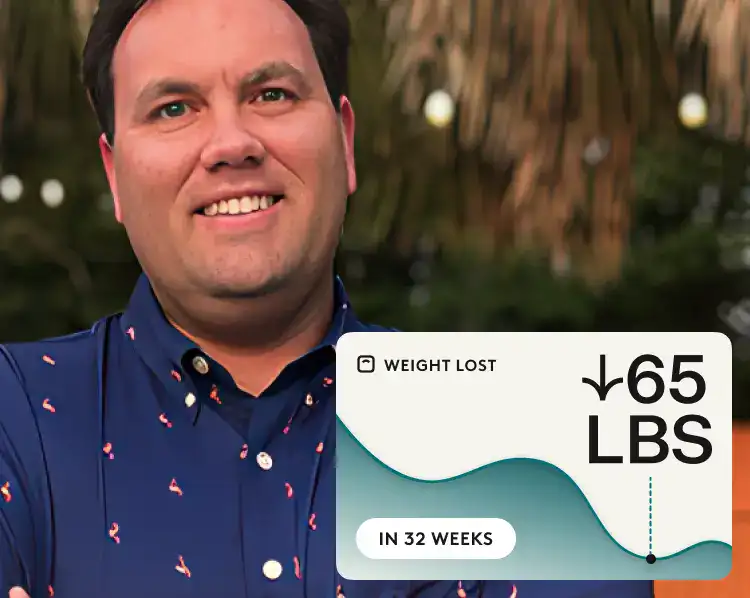

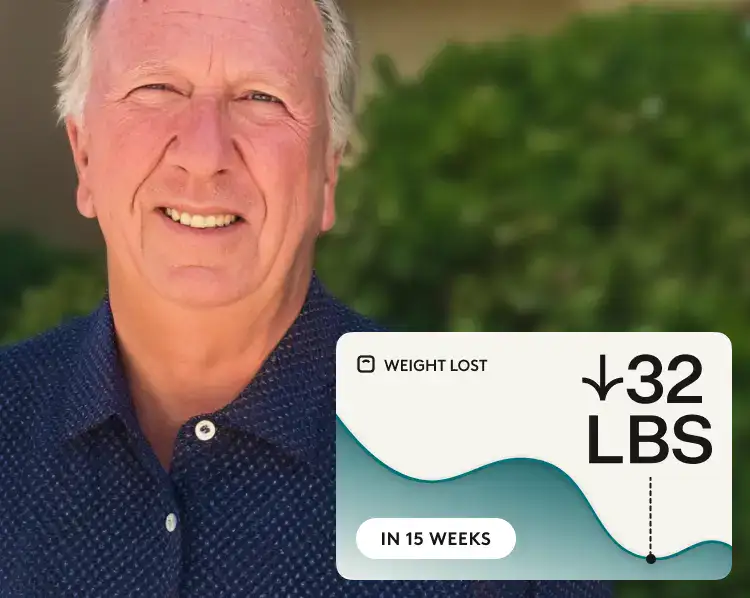
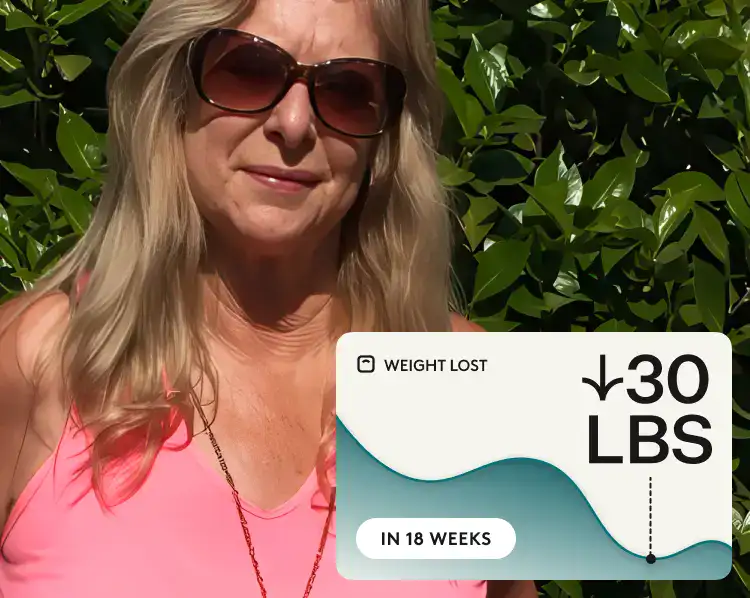

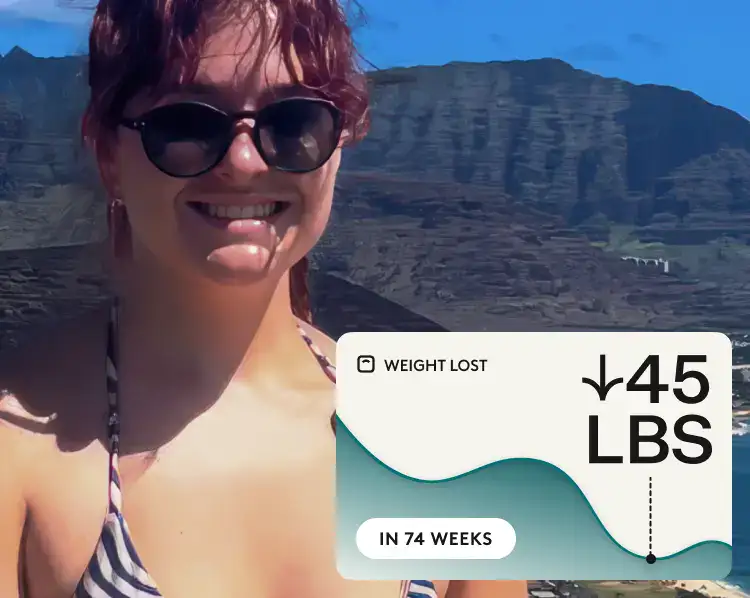


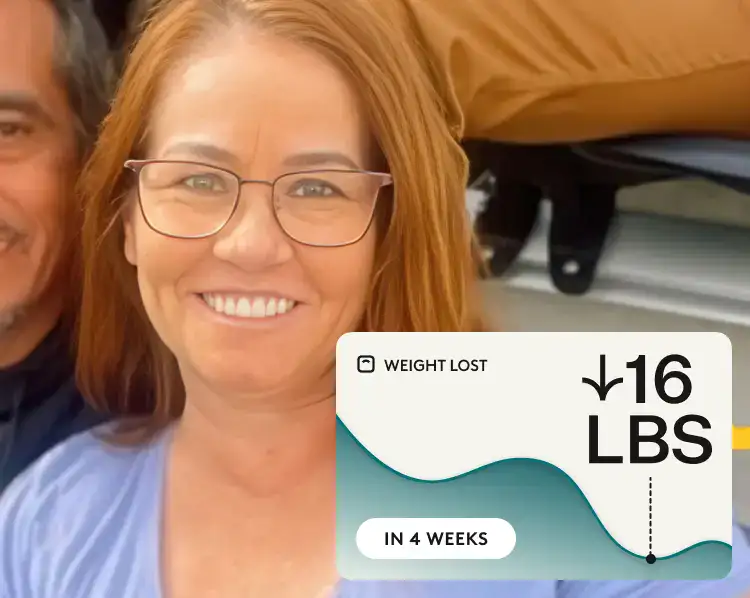


 Meaghan Cameron
Meaghan Cameron
 Noom Team
Noom Team

 Shoshana Fishbein
Shoshana Fishbein
 Melissa Kay
Melissa Kay
